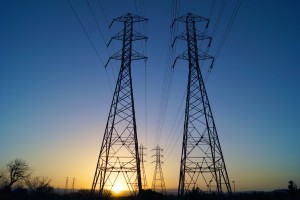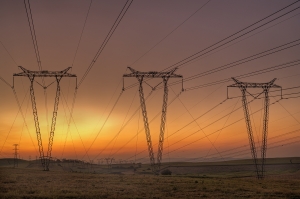 In a new working paper (forthcoming as an article in Harvard Environmental Law Review Volume 39, 2015), Shelley Welton examines the reasons that “non-transmission alternatives”—including energy efficiency, energy storage, demand response, and distributed generation—have played a very limited role in meeting electricity grid constraints, despite their great potential. The paper begins by exploring the promise that non-transmission alternatives hold for creating a cleaner, more stable electricity grid. It then argues that the predominant reasons that these promising non-transmission alternatives have failed to gain traction lie in structural flaws in transmission planning, caused in part by questions over how far the jurisdiction of the Federal Energy Regulatory Commission (FERC) extends when it comes to these “non-transmission” resources.
In a new working paper (forthcoming as an article in Harvard Environmental Law Review Volume 39, 2015), Shelley Welton examines the reasons that “non-transmission alternatives”—including energy efficiency, energy storage, demand response, and distributed generation—have played a very limited role in meeting electricity grid constraints, despite their great potential. The paper begins by exploring the promise that non-transmission alternatives hold for creating a cleaner, more stable electricity grid. It then argues that the predominant reasons that these promising non-transmission alternatives have failed to gain traction lie in structural flaws in transmission planning, caused in part by questions over how far the jurisdiction of the Federal Energy Regulatory Commission (FERC) extends when it comes to these “non-transmission” resources.
FERC has declared achieving “comparable consideration” for non-transmission alternatives to be an agency goal, but has limited the extent of its reforms to opening up the planning process to stakeholders. It has enacted these limited participatory reforms knowing that transmission planning is carried out by entities with expertise biases and financial incentives to build transmission, such that stakeholder participation is an unlikely remedy for the problem. The paper illustrates why participatory reforms alone are likely to fail non-transmission alternatives, and then explores the jurisdictional limitations potentially holding FERC back from creating transmission planning processes that fully and fairly incorporate non-transmission alternatives. In particular, it identifies the recent D.C. Circuit decision in Elec. Power Supply Association v. FERC, — F.3d —-, 2014 WL 2142113 (May 23, 2014), which struck down FERC’s attempt to better integrate demand response into wholesale electricity markets, as posing problematic precedent for FERC moving forward on non-transmission alternatives.
The paper argues that FERC nevertheless has several tools within its jurisdiction that could improve the treatment of non-transmission alternatives. FERC might require transmission planning regions to affirmatively study and propose viable non-transmission alternatives, rather than relying on stakeholder proposals, and to specify more clearly how they will weigh non-transmission alternatives against transmission options. At the same time, the paper asserts that the Commission does a deliberative disservice by suggesting that it has implemented a mandate to treat non-transmission alternatives comparably, when in fact its reforms do little to accomplish this objective. It closes by suggesting that FERC might be more honest about the shortcomings of its reforms in order to inform conversations among Congress, the Commission, states and stakeholders about options for progress on non-transmission alternatives.



